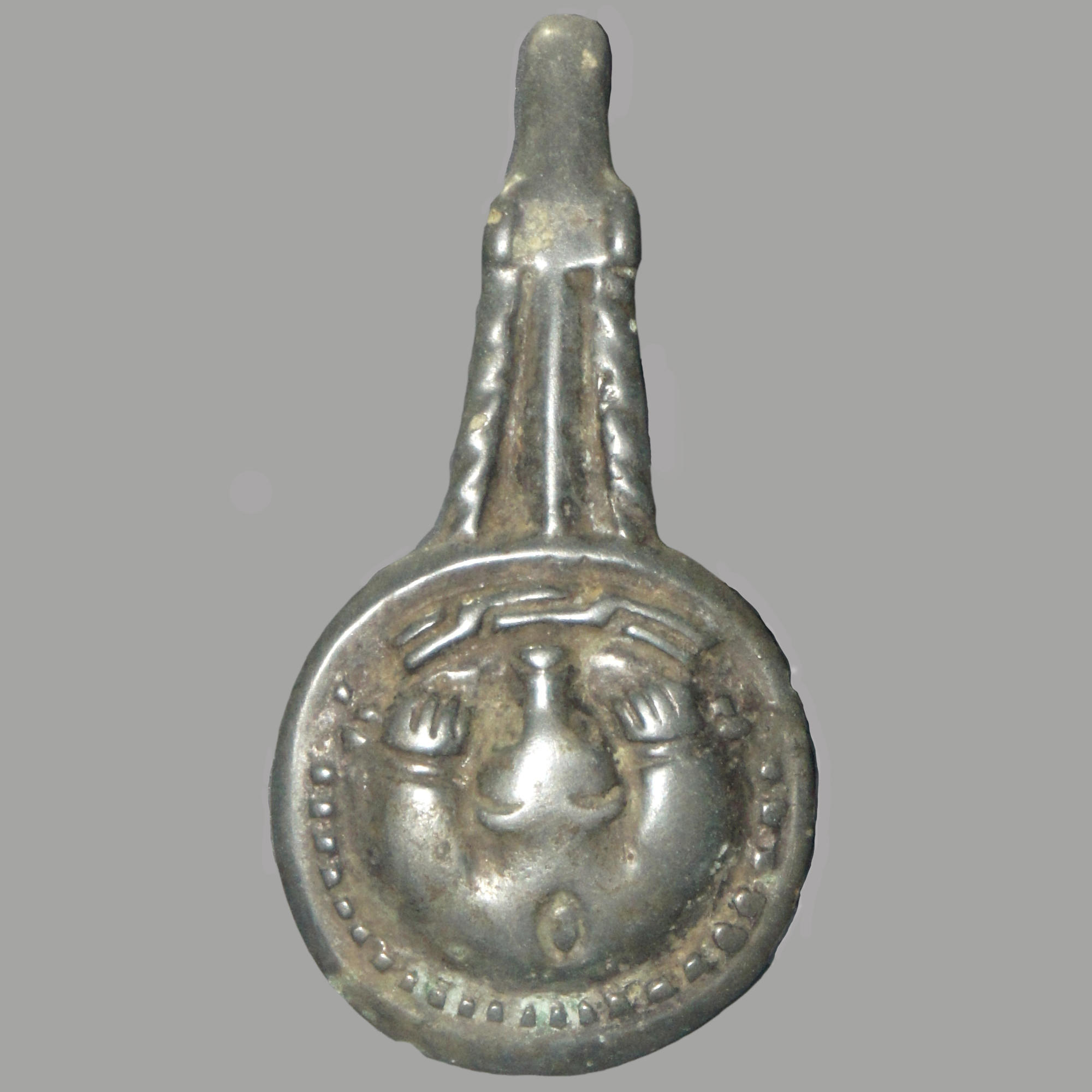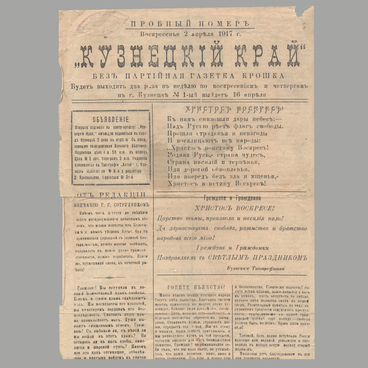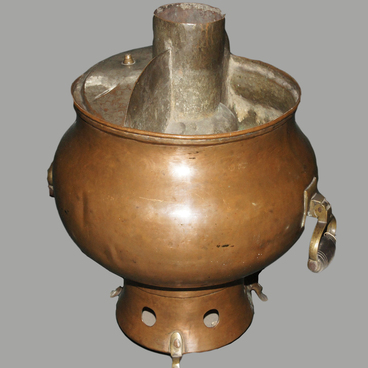The period from the 4th to the 7th centuries AD was a very difficult time for the territory of the modern Europe, it is called the era of the Great Migration of peoples. At that time there were mass migrations, ancient cultures were disappearing, once rich lands were being abandoned, and culture and traditions of different communities were transforming.
Similar processes and ethnocultural cataclysms took place in the first half of the first millennium not only in Europe, but also in the most remote east border areas of the Eurasian grassland space. While studying artifacts of that epoch, researchers discovered a unique Ust-Abin burial ground, which nowadays is considered the pearl of the archaeological heritage of the Kuznetsk land. The historical site was partially blocked by a dump of a nearby clay quarry, in which waste materials were stored. However, upon exploring 600 square meters of the burial ground, archaeologists managed to excavate about 14 tombs belonging to the Fominsky culture in the preserved part of the site.
The scientists discovered a variety of items in the tombs: from gold foil, stitches and earrings to highly artistic objects made of white bronze. The latter were decorated with various images, in particular - riders and waterfowl. According to scientists, they were associated with the beliefs of the local ancient population: the cult of the Bear and the cult of Mitra - a deity associated with peace and harmony. Archaeologists suggest that many artifacts from the Ust-Abin burial ground came to the territory of Kuznetsk land from the Cis-Ural region as a result of the barter trade.
Similar processes and ethnocultural cataclysms took place in the first half of the first millennium not only in Europe, but also in the most remote east border areas of the Eurasian grassland space. While studying artifacts of that epoch, researchers discovered a unique Ust-Abin burial ground, which nowadays is considered the pearl of the archaeological heritage of the Kuznetsk land. The historical site was partially blocked by a dump of a nearby clay quarry, in which waste materials were stored. However, upon exploring 600 square meters of the burial ground, archaeologists managed to excavate about 14 tombs belonging to the Fominsky culture in the preserved part of the site.
The scientists discovered a variety of items in the tombs: from gold foil, stitches and earrings to highly artistic objects made of white bronze. The latter were decorated with various images, in particular - riders and waterfowl. According to scientists, they were associated with the beliefs of the local ancient population: the cult of the Bear and the cult of Mitra - a deity associated with peace and harmony. Archaeologists suggest that many artifacts from the Ust-Abin burial ground came to the territory of Kuznetsk land from the Cis-Ural region as a result of the barter trade.


